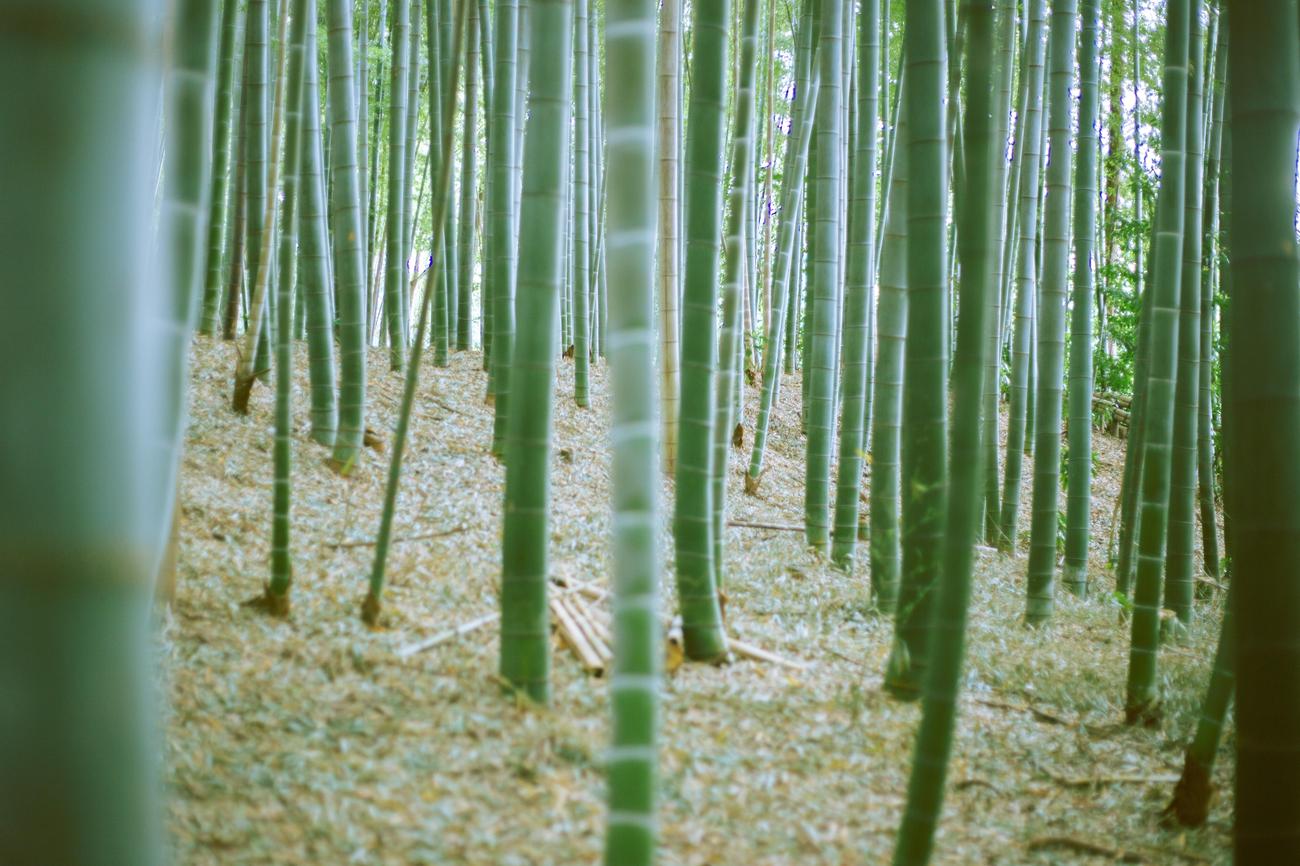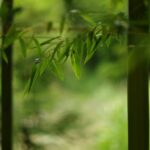In an era where sustainable choices are becoming more crucial than ever before, one material stands out as a true marvel of versatility – bamboo. This unassuming plant, often associated with pandas and serene garden landscapes, holds untapped potential to revolutionize industries such as construction, furniture making, and even fashion. As an experienced freelance writer with a passion for sustainability and a background in interior design, I am excited to delve into the world of bamboo and uncover its endless applications. Join me on this journey as we explore the benefits, durability, and innovative designs achievable with this renewable resource, and discover why bamboo is the sustainable alternative we’ve all been waiting for.

Versatility of Bamboo
Bamboo, a sustainable marvel, holds incredible potential as a versatile material that can revolutionize numerous industries. Its unique properties and eco-friendly nature make it a sought-after resource for construction, furniture making, and even fashion. Let’s dive into the endless applications and benefits of this remarkable plant.
Construction: Building a Sustainable Future
Bamboo’s strength and durability make it an excellent choice for construction purposes. Unlike traditional materials, bamboo offers a sustainable alternative that helps reduce carbon emissions. With its incredible growth rate and ability to sequester carbon during its rapid growth cycle, bamboo showcases its environmentally friendly credentials. Moreover, bamboo’s high strength-to-weight ratio ensures sturdy structures while also providing flexibility, allowing architects to unleash their creativity and create innovative designs. As architect Kengo Kuma states, “Bamboo is the material of the future,” and it continues to amaze the world with its architectural plasticity.
“Bamboo’s strength and eco-friendly qualities make it a sustainable choice for construction.”
Furniture and Accessories: Functional Elegance
In the realm of interior design, bamboo emerges as an ideal material for furniture and accessories, striking a balance between functionality and elegance. Its versatility shines through as it can be crafted into a variety of styles and designs, ranging from modern to rustic. Bamboo furniture, such as chairs, tables, and bed frames, not only adds a touch of natural beauty to any space but also stands the test of time due to its remarkable durability. Plus, bamboo accessories like lamps, vases, and decorative pieces enhance the overall aesthetic appeal of a room, making it a favorite among interior designers and homeowners alike.
“Bamboo furniture and accessories bring functional elegance and a touch of nature to any space.”
Fashion: Sustainable Style Statements
Unleashing its potential beyond the realms of construction and interior design, bamboo finds its way into the fashion industry. Clothing made from bamboo fabric has gained popularity due to its exceptional softness, breathability, and moisture-wicking properties. Whether it’s cozy loungewear, activewear, or even fashionable accessories, bamboo clothing offers comfort with an eco-friendly twist. Moreover, bamboo’s natural antibacterial properties make it an excellent choice for sensitive skin. Embracing bamboo clothing allows fashion enthusiasts to make a style statement while prioritizing sustainability.
“Bamboo fabric brings sustainable style and comfort to the world of fashion.”
Versatility Beyond Boundaries: Other Applications
The versatility of bamboo extends well beyond construction, furniture, and fashion. Bamboo has found its way into various other industries, such as medicine and cuisine. Traditional healers have long recognized the medicinal properties of bamboo, using it to treat ailments and promote overall well-being. Bamboo shoots are also a common ingredient in Asian cuisines, known for their delicate flavor and numerous health benefits. Furthermore, bamboo’s decorative charm cannot be overlooked, with hundreds of attractive species grown for their ornamental beauty.
“Bamboo’s versatility extends to medicine, cuisine, and its ornamental appeal.”
In conclusion, bamboo’s versatility knows no bounds. From construction to interior design, fashion, and even medicine, this sustainable marvel has proven its worth in multiple industries. Its ability to sequester carbon, its strength and durability, and its abundance of styles and designs make bamboo a go-to option for creating a greener future. So, the next time you think of sustainable materials, remember the extraordinary versatility of bamboo and embrace it as a sustainable alternative.
[table]
|Pros | Cons |
|—–|——|
|A sustainable material with low carbon footprint | Requires proper treatment to prevent rot|
|High strength-to-weight ratio | Limited color options compared to other materials|
|Flexible and versatile for innovative designs | Can be pricey depending on the quality and craftsmanship|
|Durable and long-lasting | Availability of specific species may vary regionally|
|Natural beauty enhances aesthetic appeal | Requires appropriate sourcing and harvesting methods for sustainability |
[/table]
Bamboo is a plant that is known for its unique characteristics and incredible versatility. Its strength and durability make it a popular choice for construction materials, while its rapid growth rate and ability to regenerate quickly make it a sustainable and eco-friendly option. If you’re curious to know more about bamboo and its fascinating qualities, click here to explore a comprehensive list of its characteristics. You’ll be amazed by the wide range of benefits that bamboo has to offer. So go ahead, discover the wonders of bamboo and unlock a world of possibilities!

FAQ
Question 1
What makes bamboo a versatile material?
Answer 1
Bamboo is considered a versatile material due to its ability to be used in various products, including construction materials, furniture, accessories, and even clothing. It can be transformed into strong wood beams, fiber and particle boards, and has endless applications in architecture and design.
Question 2
Is bamboo a sustainable material?
Answer 2
Yes, bamboo is a highly sustainable material. It grows rapidly and can be harvested in just a few years, unlike traditional trees that take decades to reach maturity. Bamboo also has a high strength-to-weight ratio, making it a durable and long-lasting option.
Question 3
What are some of the main uses of bamboo?
Answer 3
Bamboo has a wide range of uses. It is commonly used in construction for building structures and homes. It is also utilized in scientific discoveries, such as Thomas Edison’s testing of different materials for filament. Additionally, bamboo is used for decorative purposes, medicinal and culinary uses, and as a renewable resource for furniture and flooring.
Question 4
Why is bamboo considered the “material of the future”?
Answer 4
Architect Kengo Kuma has described bamboo as the “material of the future” due to its architectural plasticity and versatility. Bamboo can adapt to different environments and has the potential to revolutionize various industries, offering sustainable and innovative solutions.
Question 5
How does bamboo contribute to sustainability?
Answer 5
Bamboo plays a significant role in sustainability. It sequesters carbon during its rapid growth cycle, helping to mitigate climate change. Its quick regrowth and low environmental impact make it a renewable and eco-friendly alternative to other materials. Bamboo’s sustainability combined with its strength and versatility make it a valuable resource for a greener future.















